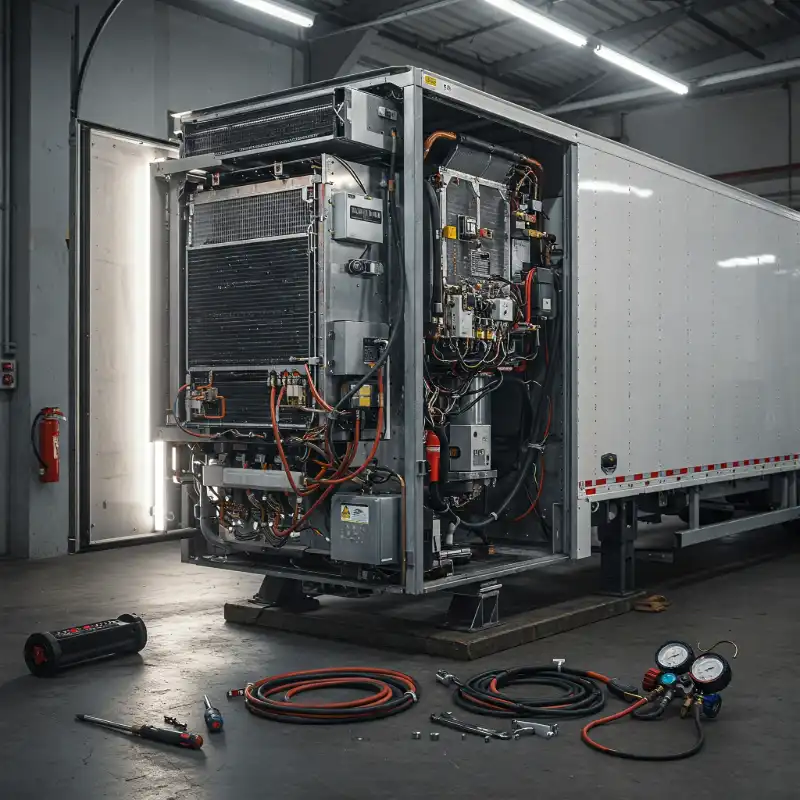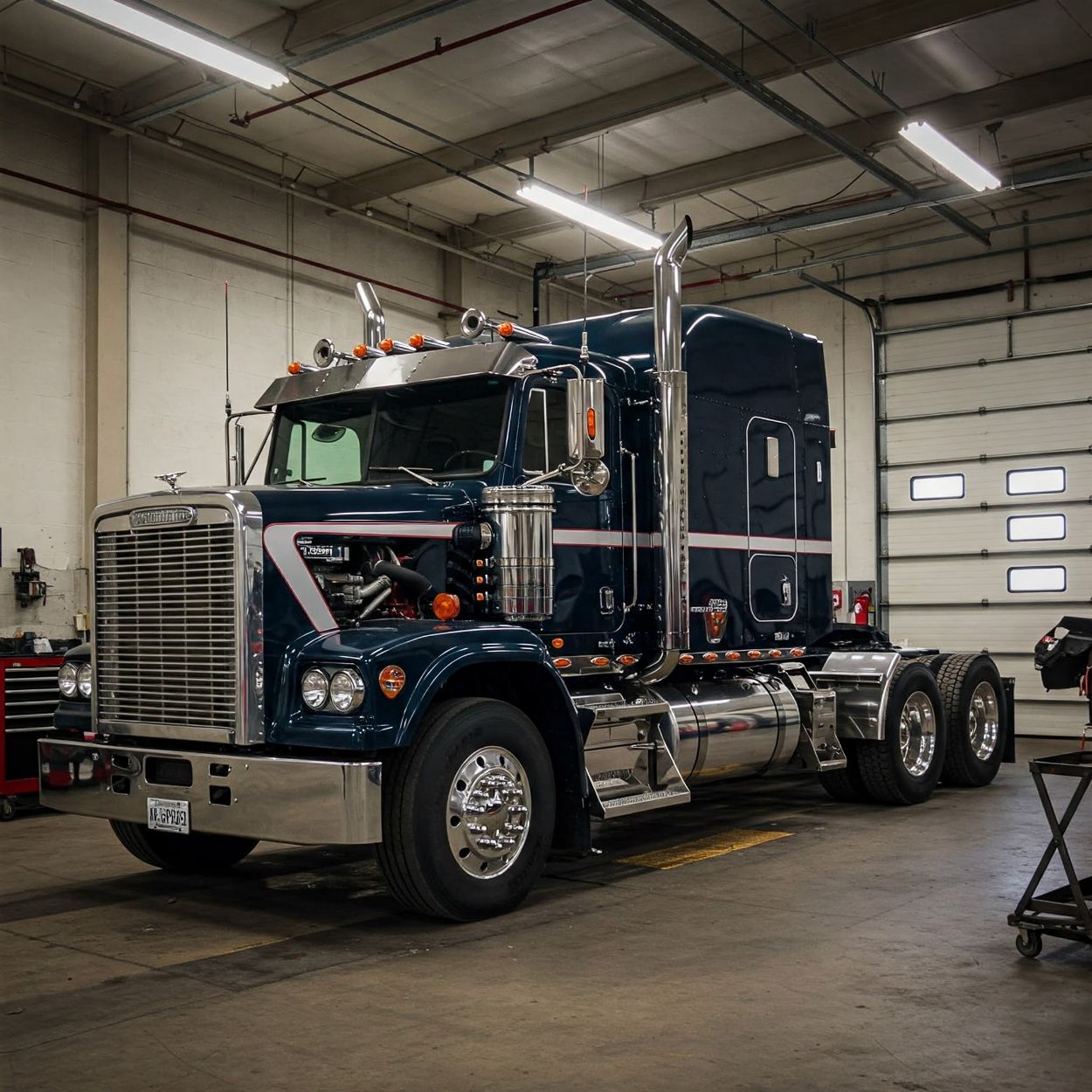
The act of welding begins a fabrication process. Fabrication fuses two or more parts together using heat, pressure, or both. It’s important for heavy-duty trucks to repair those cracks, frames, and exhausts that would pump repair costs up compared to welding. A full body work replacement will cost more than welding, and it’s simply not just repairing cracks. It’s the art of creating a new component for your truck.
What is Professional Welding?
Welding is the fabrication process that fuses parts together using heat, pressure, or both. Many different welding methods exist, from MIG and TIG welding to stick welding. Different methods have different purposes. Some techniques are best for new or hobbyists, while others target a wider range of metals and uses.
MIG Welding
The most common welding technique that home-hobbyists, artists, or those DIY welders gravitate towards starts with MIG welding. MIG (metal inert gas) welding feeds a wire electrode through the welding gun. At the weld pool, the electric arc—electric discharge at the highest density—heats up the metals and can fuse up to half an inch of material. Enthusiasts typically learn MIG welding because it’s an easy technique to learn. Just learning the basics will begin people's journey of welding.
TIG Welding
The T stands for tungsten. TIG, or Tungsten inert gas welding, creates an arc that uses a non-consumable tungsten electrode. The difference between TIG welding and MIG welding centers around heat control. The ability to start and stop heat differs from other welding methods. You can accelerate the heat using a petal or slightly raise it with fingertip remotes. One typical use of TIG welding is race car fabrication.
Stick Welding
Compared to MIG and TIG welding, stick welding requires contact between the rod electrode and pieces to ignite the arc. Another name for stick welding is a manual arc or manual electrode welding. Learning the basics of welding stick welding is usually taught because it’s easy to learn, and you have more control due to the contacting rods. The benefit of stick welding centers around welding positions. You can weld any type of weld seam and position. They also don’t need to depend on shielding gases and can easily work outside, even in difficult weather conditions.
Why Professional Welding Services?
Unlike home-hobbyist or artist, welding within the professional world target specific results. Welding does not just mean fusing together two different pieces of metal. Professional welding fixes, repairs, and creates a new component. The difference between your DIY welder and a professional welder comes with experience, technique, and technical knowledge.
A list of different welding techniques the home-hobbyist may not consider:
Butt weld: A butt weld is a connection at 180-degree or a 180-degree joint. Keep the gun at a 90-degree angle to the workpiece, aiming the filler metal onto the join. Your welding angle should be 5 to 15 degrees.
T-joint: The T-join is known as a 90-degree joint or fillet weld. Hold the gun at a 45-degree angle or equal distance from each piece to weld a T-joint. To avoid uneven weld beads slightly change the angles at different passes.
Lap joint (also a fillet weld):Angle the gun between 60 and 70 degrees. The thicker the metal being welded, the greater the angle.
Bodywork Welding
Bodywork welding can be a number of different repairs and services. Bodywork can range from body panels to bumpers and even exhaust welding. Trucks can require welding for simple reasons like aesthetics. Welding does wonders for cracks on panels or bumpers. The cracked material melts together and rejoins after the welding process.
Welding is the fabrication process that joins metal. Repairs such as a loose bumper or exhaust pipe fall into this category. Professional mechanics and welders need to consider different aspects of the heavy-duty truck and moving parts. To restore the exhaust pipe or bumper, the mechanic must plan his action to prevent further damage or create new problems. Welding a bumper at the incorrect position will lead to uneven dimensions and weight balance.
Frame Restoration
The frame of a heavy-duty truck supports the structure of the vehicle. All other parts of the truck, like the engine, suspension, and brake system, are attached to the frame. Welding helps fix small damages to the frame but larger damages require more knowledge and metal to support heavy-duty trucks. Professional mechanics with more experience and knowledge come into play. Strict safety laws are in place for frame restorations, especially for heavy-duty trucks. Without a professional welder’s inputs and expertise, frame restoration by the hobbyist could be illegal and unsafe for the roads.
Contact Us
Here at Integrity Fleet Services Inc., we know that different welding processes have specific job applications. Heavy-duty trucks require professional welding services for difficult restoration and repair. Book an appointment today with Integrity Fleet Services Inc. to get your truck back on the road looking brand new and performing at its best.
More Articles


Top 7 Ways to Keep Your Grocery Fleet Running Smoothly This Summer
Top 7 Ways to Keep Your Grocery Fleet Running Smoothly This Summer
Prevent breakdowns and keep your grocery fleet running efficiently in summer. Learn how to protect engines, tires, refrigeration units, and drivers from extreme heat.


7 Errors in Refrigerated Truck Maintenance and Their Fixes
7 Errors in Refrigerated Truck Maintenance and Their Fixes
Avoid costly breakdowns and cargo loss with proper refrigerated truck maintenance. Learn about the top 7 reefer maintenance mistakes and how to fix them.


What Are the Benefits of Telematics in Managing Food Delivery Fleets?
What Are the Benefits of Telematics in Managing Food Delivery Fleets?
Discover how telematics can optimize your food delivery fleet in Texas. Reduce fuel costs, improve efficiency, enhance safety, and ensure faster deliveries with real-time tracking and smart analytics.
